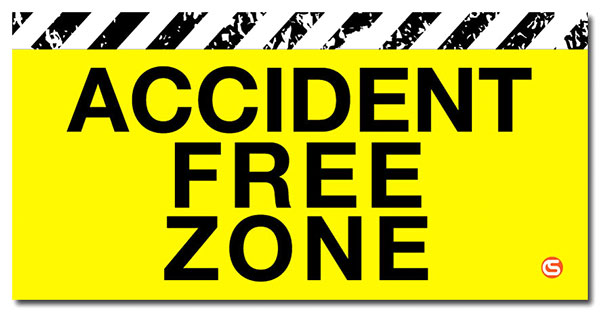One may have the technical know-how for your industry, knowledge, capability, money, faith and capacity for hard work. But in spite of all this, it is not easy to be successful in your venture if the building violates norms of nature, it is certain that they will face failure.

Just as a bird selects the branch carefully and then builds its nest in a good manner and at the right time so should we too build our house or industry as per Vasthu and natural rules?
An industry can be evaluated by the following features:
How much overall profit has it posted each year?

Is it functioning without labour problems?
Do the machines function flawlessly and continuously without any break?

Is there an uninterrupted supply of raw materials?
Do the employees/labour forces perform their own tasks quietly and peacefully?
Have there been any problems related to the employees/ work force or incidents of strikes in the past? Are there any such problems going on currently?

Is the industry accident-free?

Is the relationship between the administration and the employees harmonious?
Is the productivity increasing year after year?
Are all the manufactured products sold without any stagnation?

Are there no rejections or return of the sold products?
Whether the factory is being run without any financial constraints?

After analysing the above features we can judge the efficiency of the industry and evaluate it. If the above features are found satisfactory for twelve years continuously, then that industry can be said to be Vasthu compliant.
Such an industrial building would have been built at the correct, auspicious time.
Such a building would have been constructed in a good manner according to vaastu requirements.
Therefore that building, either knowingly or unknowingly being vaastu compliant, is certain to give good returns. It will lead us to become a big industrialist.
Now let us study in detail how land (tree), the land on which the building is to be constructed (tree branch), the industrial building (nest) should be constructed as per Vasthu norms.

The Best Principles of Vasthu Applicable to an Industrial Building:
- The land should either be a square or a rectangle.
- The ishaniyam (north-east) portion of the land must be well developed.

- a) The south west (Niruthi) portion of the land should be at a higher level.
b) The South east (Agni) side of the plot (should be lower than the South-west (Niruthi).
c) The north-west (Vayu) portion of the plot should be lower than South-west and South east.
d) The ishani (north –east) direction must be lower than Southwest, South east and North-west. If the land does not satisfy the above conditions then it should be developed to suit the above requirements. - In the land, the north direction should be lower than the south and east lower than the west. If it is not then the land should be suitably altered.
- The link road should be in front of the gate situated at the auspicious place.
- Transformer or underground sump should not be placed in front of the gate.
- The gate should not open outwards.
- The gate should not face any of the ‘moolai direction’ except North-east (ishaniyam).
- Pillars can be placed on either side of the gate but square pillars should not be built in the ishaniyam direction.
- In the south and the west direction, the height of the pillars should not be more than that of the compound wall. The height of the pillars should be less than that of the compound wall.
- The arrangements of the buildings in the total land should be on the south west, west and the south direction.
- No wall of the building should be constructed in such a way that it touches either the north or the south boundary walls or comes on the above walls.
- No building should be constructed in a place where the north and the east boundary walls join, or by joining north and west boundary walls or south and west boundary walls.
- Watchmen shed and security guard shed should not be placed in the auspicious place of the gate.
- Underground bore wells, wells and sump can be built on the north, northeast (ishani) or east direction of the open land. These should not be placed in any other direction. ....
- The bore well should not be dug inside the industrial building because then the bore well will be at the centre of the entire land.
- The underground water tank should be below the portico.
- The overhead water tank should be built on the south-west, west or south direction.
- Weigh-bridge (spontaneous weight need not be considered for vaastu potential) and automatic weighing machines can be placed on the north or east direction depending on the circumstances.
